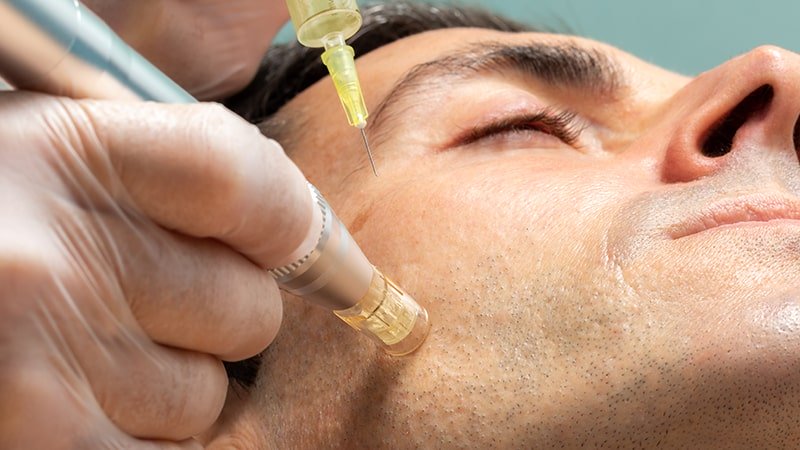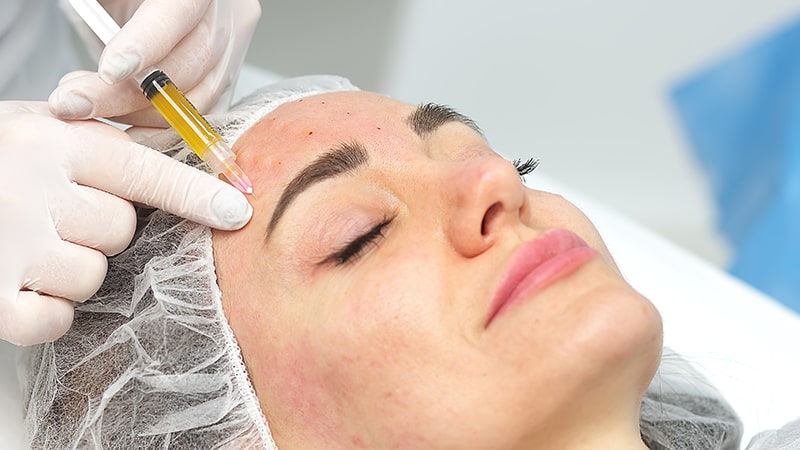When we fail to reduce that fat that has remained in the abdomen or thighs, despite much effort, aesthetic treatments appear as the only possibility to finally achieve the goal.
Localized fat refers to the excess accumulation of adipose tissue in specific areas of the body, such as the abdomen, thighs, buttocks or arms.
For many people, this fat can be a cause for aesthetic concern and affect their self-esteem. Localized fat is persistent and very difficult to eliminate even with a healthy diet and regular exercise. That is why many people resort to cosmetic treatments to get rid of this unwanted fat and achieve a slimmer and more toned figure.
If you want to know more about why fat accumulates, you can read this other article we published about it.
Fat treatments without surgery
Once the decision has been made, you can choose to undergo surgery or use one of the non-invasive options currently available on the market.
Before continuing, it is important to note that fat removal treatments without surgery are indicated for people who are not overweight. The treatments listed below will not achieve large reductions in fat. In other words, it would take a lot of power and many hours of work to achieve results, which is unfeasible.
Therefore, these treatments are aimed at people who, as the name suggests, are unable to eliminate localized fat.
On the other hand, it is worth mentioning that the following treatments are not only effective, but also more economical and allow for a faster recovery.
- HIFU (high-intensity focused ultrasound) uses high-frequency ultrasound waves to heat and destroy fat cells. The treatment focuses on problem areas, such as the abdomen, thighs or arms, and the ultrasonic waves penetrate into the deeper layers of the skin without causing damage to the surface. As fat cells are eliminated, they are broken down and gradually and naturally eliminated through metabolic processes.
- Radiofrequency uses electromagnetic energy to heat the inner layers of the skin and stimulate collagen production. In addition to improving the appearance of the skin, radiofrequency can also help reduce localized fat. The heat generated during the treatment can break down fat cells and promote their natural elimination from the body. Depending on the area treated, the radiofrequency session can last between 30 and 60 minutes.
- Transdermal electroporation is a non-invasive treatment that uses low-intensity electrical pulses to enhance the penetration of active substances through the skin. These pulses temporarily open the pores of the skin, allowing the products used to be absorbed without difficulty and to penetrate into deeper layers. As almost any active ingredient can be introduced, in the case of localized fat, lipolytic, firming or reducing substances can be used to help break down localized fat and stimulate collagen production to improve the appearance of the skin. The sessions of this treatment against localized fat last between 20 and 45 minutes, depending on the area to be treated.
- Cavitation is a non-surgical procedure that uses low-frequency ultrasound waves to generate microbubbles in fat tissue. These microbubbles create pressure changes that affect the fat cells, breaking them down and decomposing them. The broken down fat is released into the lymphatic system and gradually eliminated from the body. Cavitation is especially useful for treating areas with localized fat, such as the abdomen, thighs, buttocks or arms. Multiple cavitation sessions can be performed for optimal results, and a time interval between sessions is usually recommended to allow the body to eliminate the treated fat.
- Lipolytic injectables contain substances such as phosphatidylcholine and deoxycholic acid, which are injected directly into areas of localized fat. These substances help break down and eliminate fat cells, and results are visible within a few weeks. It is a very fast treatment, which can last between 15 and 30 minutes.
- Cryolipolysis is a treatment that uses cold temperatures to freeze and destroy fat cells in specific areas of the body. During the procedure, a suction device is applied to the treatment area, which cools the fat without damaging the skin or surrounding tissues. Over time, fat cells are naturally eliminated through the lymphatic system.
All these treatments can be combined, which could lead to greater effectiveness in eliminating localized fat. However, this should be consulted with a specialist.
Are these procedures painful?
In general, these treatments are not usually painful. There may be some discomfort or heat sensation during application, but this can be easily controlled. Some patients may experience mild tenderness or swelling after treatment, but it disappears quickly.
How many sessions are needed to see results?
The number of sessions required varies according to the treatment and the patient’s individual needs. Generally, several sessions spaced over time are recommended for optimal results. Your aesthetic physician will be able to evaluate your specific case and establish a treatment plan that is right for you.
How long does it take to notice the difference?
Results may vary from person to person, but in general, changes begin to be visible after a few weeks of treatment. As the body gradually eliminates the fat cells, the treated area becomes more toned and firmer.
How to maintain treatment results
Once the treatment to eliminate localized fat has been performed, it is advisable to continue with certain habits to maintain the results in the long term. Lifestyle plays a crucial role in this aspect, so maintaining a balanced and healthy diet, rich in nutrients and low in saturated fats, will help prevent the accumulation of new fat cells.
A regular exercise routine, combining cardiovascular and muscle-strengthening exercises, will help maintain muscle tone and prevent the reappearance of localized fat.
It is also important to maintain good hydration and care for the skin with appropriate products to improve its elasticity and overall appearance. Remember that each person is unique, so it is advisable to follow the guidelines indicated by the aesthetic specialist.






